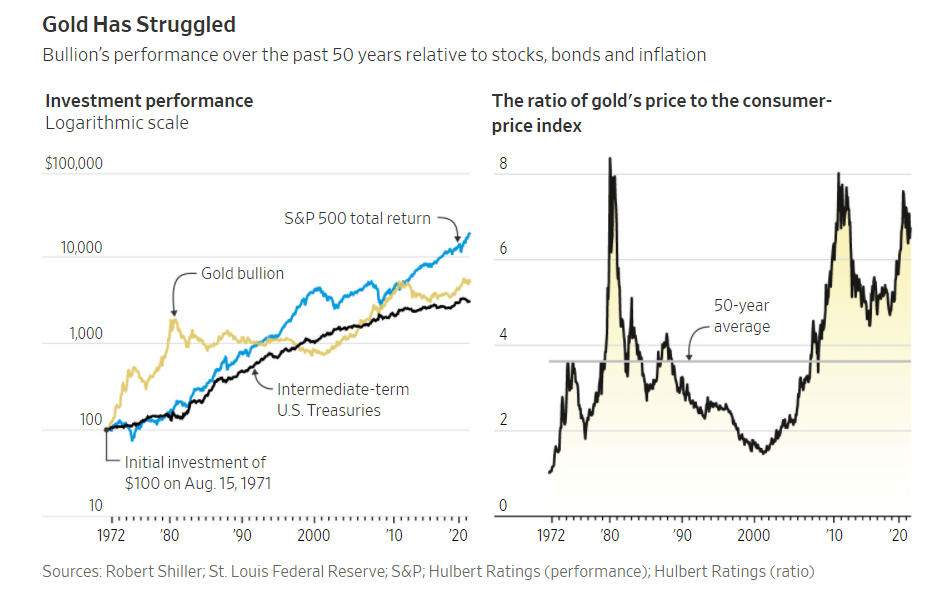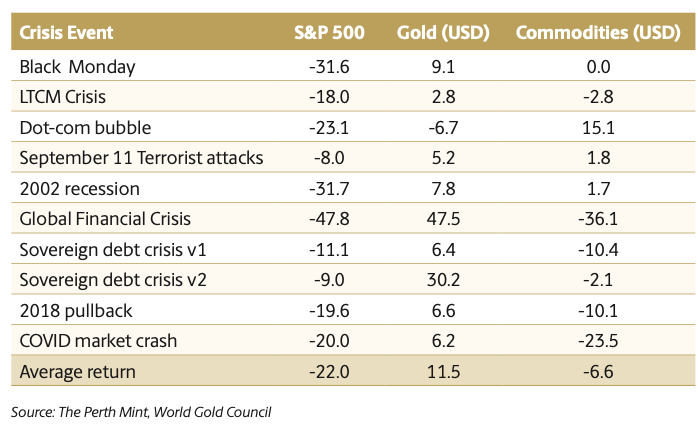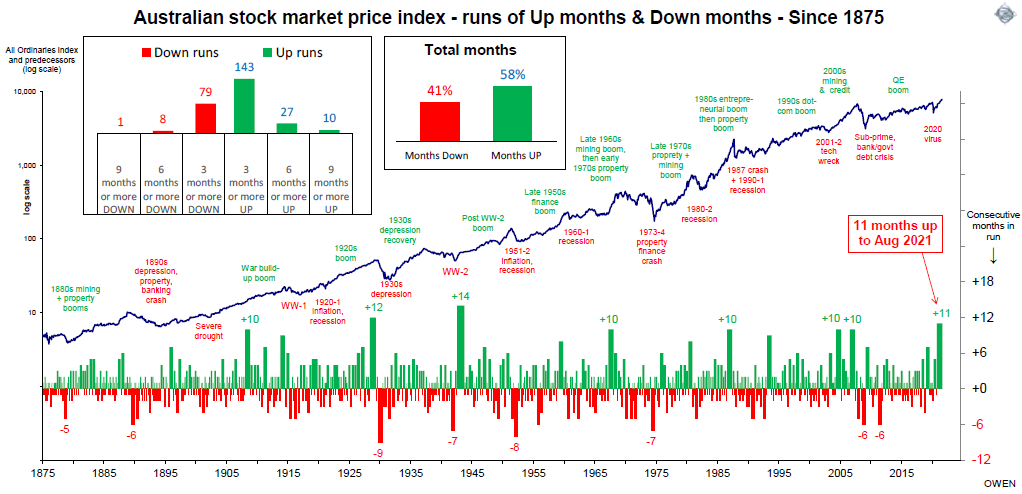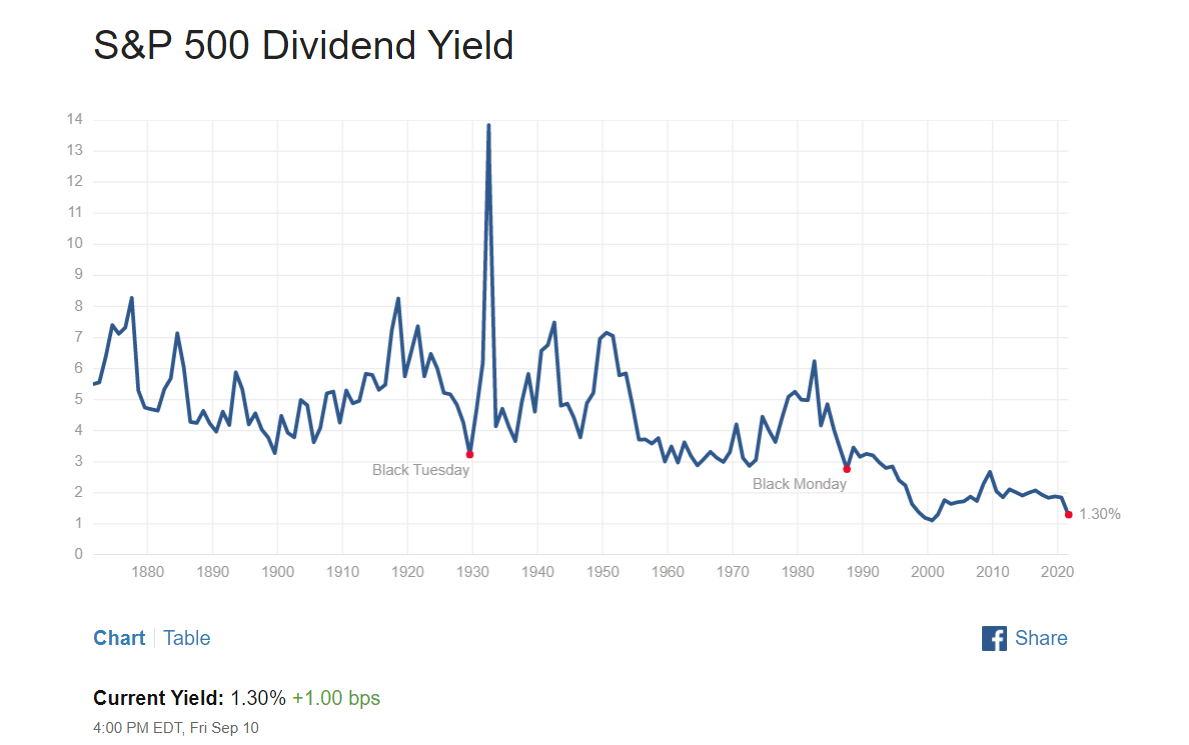U.S. stocks have performed well at least so far this year. The S&P 500 is up over 18%. It remains to be seen if these gains hold through the rest of the year. Markets have become more volatile this month and fears of a correction are getting louder every day. International equities are also having a great year. Among the emerging markets, India’s Sensex has shot up over 23%. Brazilian equities have declined by 6% but Mexican stocks have gone up by a decent 16%. Frontier marker Argentina’s Merval has soared by over 53%.
With that said, below are some interesting articles for the weekend:
- Just five stocks drove a third of S&P 500’s gains over the last five years, CityWire UK
- Turning the Tide – Five Potential Recovery Drivers for Value Equities, Alliance Bernstein
- Using an IRA to Pay for College Expenses, Lord Abbett
- Five reasons why the Australian dollar is likely to resume its upswing over the next 12 months, AMP Capital
- Investments that chug along, Manning & Napier
- How will carmakers survive the shift to electrification?, Robeco
- Fossil Fuels Are Under Siege. Is Misinformation to Blame?, U.S. Funds
- How commodities stand apart as an inflation hedge, Vanguard
- Beyond the FAANGs: Tech savvy companies in non-tech sectors, Capital Group
- Comparing IRAs: Could Converting to a Roth IRA Benefit You?, T.Rowe Price
- Is India Assuming Leadership in Emerging Markets?, The Emerging Markets Investor
Stocks to explore:
Click to enlarge
Saint Basil’s Cathedral, Moscow, Russia





